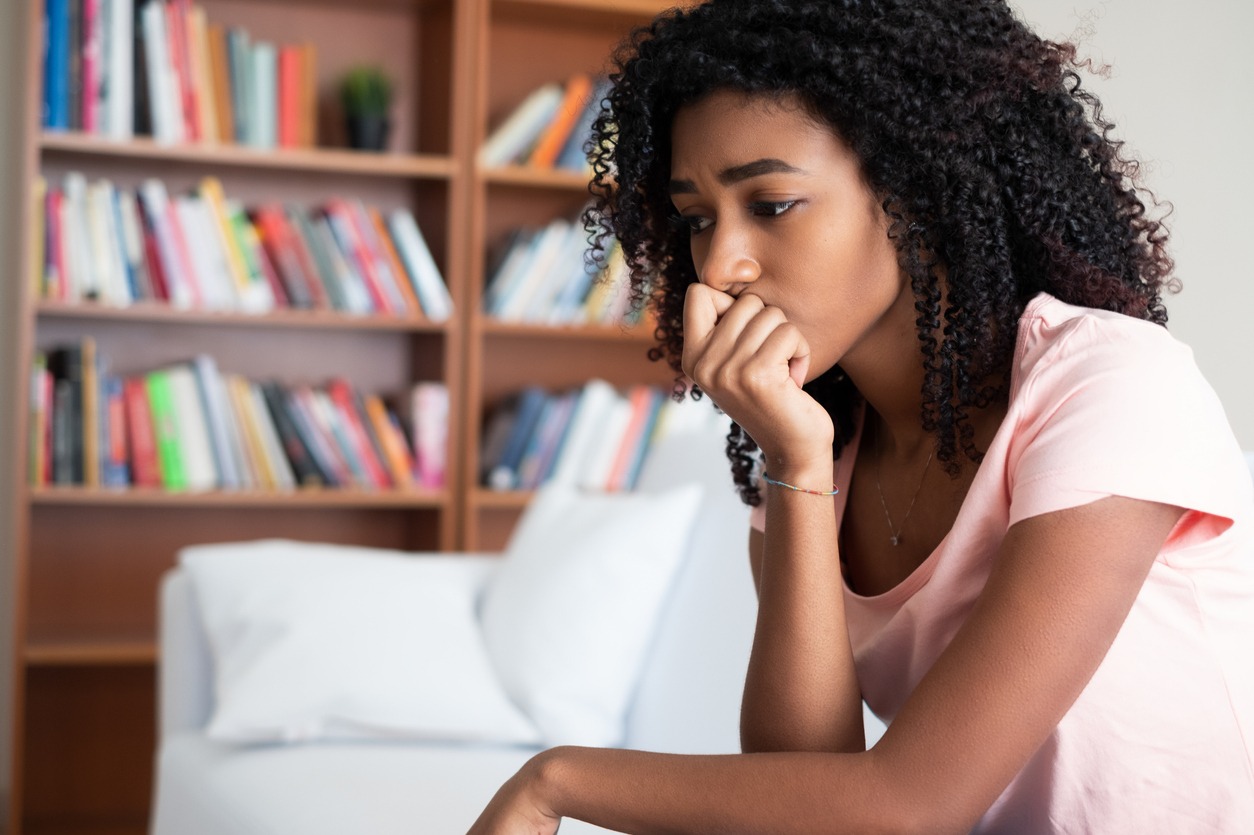Matching Behavior and Biology: How Chronotypes Influence Your Physical Activity and Sleep

Written By: Denver Brown, PhD, University of Texas at San Antonio; Rodney Joseph, PhD, Arizona State University; Courtney Monroe, PhD, ACSM, EP-C, University of South Carolina; Megan E. Petrov, PhD, Arizona State University; Elizabeth Salerno, PhD, MPH, Washington University School of Medicine; Jacob Szeszulski, PhD, Texas A&M AgriLife Research; Rebecca E. Lee, PhD, FSBM, Arizona State University
Most people feel a little “off” when switching to and from Daylight Saving Time. This disruption can make you feel more than just groggy—it can impact your behaviors and overall health.
Over the past year, Daylight Savings Time has received a lot of interest. The U.S. Congress debated legislation to make it permanent, while many medical groups advocate for permanent Standard Time. To understand this great time change debate, it is important to first understand cell biology.
Every cell in your body has its own biological clock. This clock aligns with a 24-hour cycle—known as the circadian rhythm—where proteins are created and broken down throughout the day. A central clock in the brain coordinates this rhythmic timing in each cell. Collectively, these complex networks of biological clocks in your body influence your daily functions, including feelings of alertness and energy, your need to sleep and eat at a certain time, and even your ability to fight off disease.
What is a Chronotype?
Each person has their own genetically driven, unique circadian rhythm. This is known as a chronotype. Scientists have identified three major chronotypes: Morning-types, Evening-types, and Neither-types.
- Morning-types are inclined to start and end their day early.
- Evening-types prefer and feel best starting and ending their day later.
- Neither-types have a strong circadian preference for a timing that is in-between.
Which chronotype are you? If you’re unsure, brief questionnaires such as the Morning-Eveningness Questionnaire or the Munich Chronotype Questionnaire can help you identify your chronotype.
Why Knowing Your Chronotype Matters
Aligning your health habits, particularly physical activity, with your chronotype can improve your well-being. Curious on how to do this? Try these simple steps.
First, track how you spend your time. Pay attention to any patterns of behavior that emerge and how alert and physically energized you feel at different times of day.
Second, categorize tasks and activities based on how mentally and physically demanding they are for you. Comparing this to your time-tracking can help you identify periods of peak performance.
Third, try organizing your schedule each day, to the extent possible, to match those energy levels. Scheduling a workout during a time of the day when you have a high level of energy can enhance your motivation for physical activity can boost performance.
Sleep and Chronotypes
You may be wondering if the timing of your physical activity has an influence on your sleep. Although the benefits of physical activity on improving sleep are nuanced, physical activity at any time of day is better than no activity at all. In fact, physical activity in the evening is not necessarily detrimental to sleep and can make sleep deeper and more restorative. You may want to avoid vigorous physical activity hour before bedtime, as that can have negative effects on sleep. Beyond that, listen to your body and build your schedule accordingly.
There is one caveat though: do not cut your sleep short to get physical activity. This can undermine any health benefits you are aiming to achieve. If you find that you feel better after sleeping until 7 am, do not force yourself awake at 5:30 am for physical activity. Make it a point to get some physical activity when it suits your chronotype best and attempt to wake up and go to bed at roughly the same time each day (ideally within 30 minutes of your own normal).
Our 24-hr society may not allow everyone to match the timing of their physical activity, sleep, and other health habits to their chronotypes. For example, individuals who work nightshifts or multiple jobs may not be able to achieve this balance. Thoughtful organizational and policy changes may be one way to create sustainable change to support everyone equitably. Ultimately, flexibility in schedules to accommodate different chronotypes should be included in our organizations and policies. In doing so, our society stands to benefit greatly as we settle into lifestyles that work best for each of us.
As we debate staying on Daylight Savings Time vs. Standard Time, we must remember that everyone can benefit from adopting consistent but individualized behavioral patterns. Going to sleep and waking at similar times daily is beneficial for every lifestyle. The choice is not Daylight Savings Time vs. Standard Time. Both allow for consistency in our behaviors. Instead, the choice is if we want to remain in a society that dictates our schedules, or whether we begin advocating for a society that promotes health by letting people structure their schedules in ways that are consistent with their biology.
More Articles

5 Easy Ways to Get More Active
You can meet your exercise goals with these easy tips for getting more active and sticking with your routine. Learn more about getting active today.

Feeling depressed and struggling with Motivation? Build Momentum!
Dealing with depression can be challenging, especially when feeling unmotivated. Learn some tips for building momentum for when depressed moods persist.


